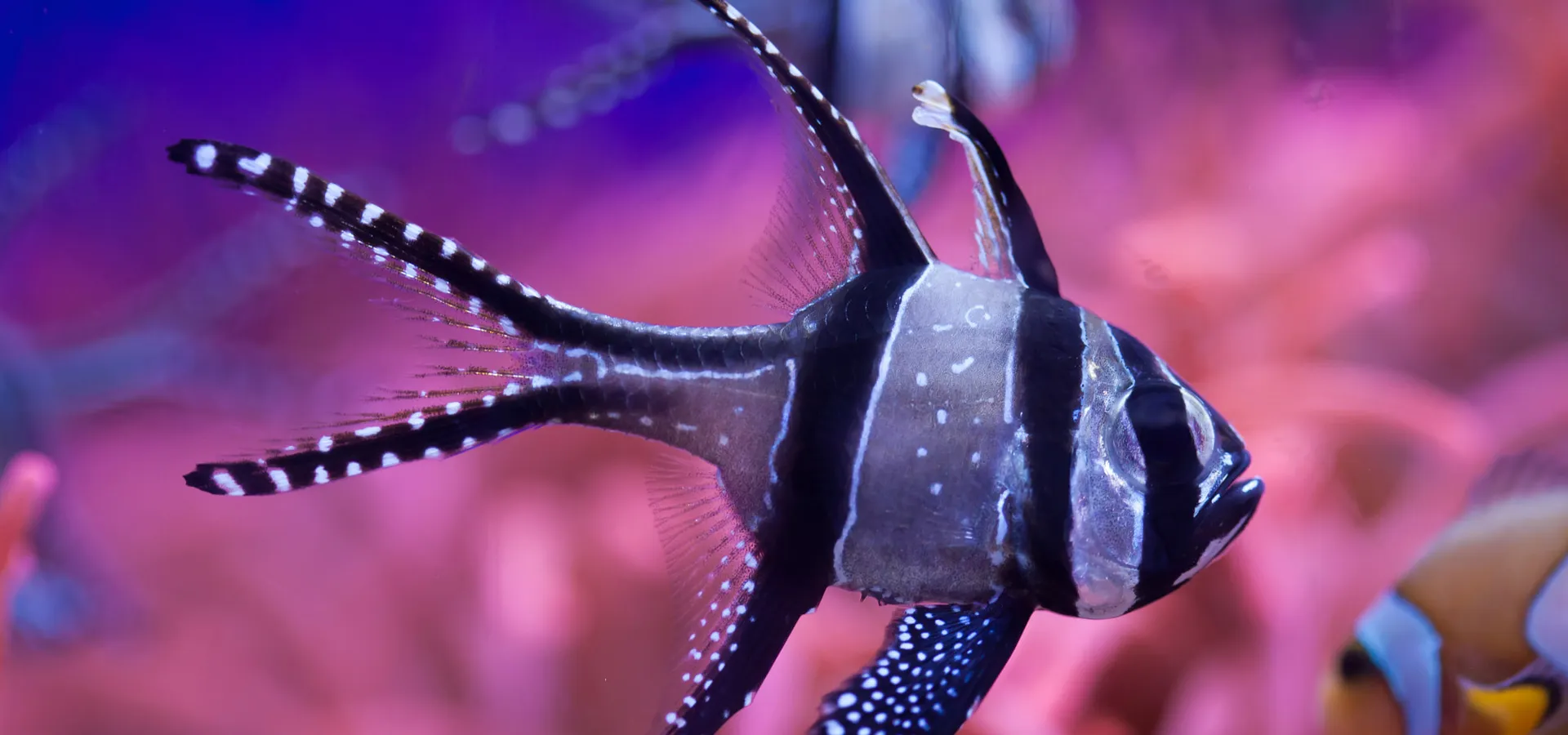Threats to species survival
The sheer scale of the exotic pet trade and its
ever-expanding diversity of animals is ultimately driving species towards
extinction and is regularly cited as a significant factor contributing to
biodiversity loss. The problem is getting worse and time is running out.
Going… going… gone!In mainly tropical
countries, wild animal populations have been
decimated to supply the multi-billion dollar pet
industry and annual exports are increasing year
on year. High death rates during capture mean
that the number of animals taken from a region
may be significantly
underestimated.
The internet has allowed both the legal and illegal wildlife trade to flourish. In particular, social media fuels the demand for exotic pets by normalising the keeping of wild animals in the home, and this increases pressure on wild animal populations. The more endangered a species becomes, the more sought-after and valuable it is to dealers, which can accelerate its decline. |
Out of controlThe majority of
species in the exotic pet trade are not
protected by international agreements, and so
there is no limit on how many individuals can be
removed from their natural habitat. Even where
limits are set, they are often ignored. As a
result, wild animal populations that were once
healthy can quickly become
endangered.
Scientists have learned to be deliberately vague about the whereabouts of newly discovered species, as they are likely to be quickly tracked down by wildlife dealers. The pet industry is so out of control that numerous species previously unknown to science have even been discovered, not in their natural habitat, but in the pet trade! |
Riding roughshod over regulationIt is estimated that
around 25% of the wildlife trade is illegal.
Animals are often taken from the wild in
countries where it is illegal to do so. However,
once they reach European countries, those same
animals can be openly sold without fear of
prosecution.
Research has also shown that a large proportion of animals, although declared as ‘captive-bred’, have actually been taken from the wild and laundered through supposed breeding centres to appear legal. |
Hiding in plain sightUnlike the illicit
trades in drugs and arms, the illegal exotic pet
trade does not have to go to great lengths to
conceal its activity. It often hides in plain
sight by using the legal trade as a cover.
Fortunately for animal dealers, the legal trade
is poorly regulated and enforcement is
weak.
Enforcement officers are often overwhelmed by the enormous diversity of species in the trade and struggle to identify those that are prohibited. Illegal dealers exploit this weakness by mislabelling species or mixing protected species with legal shipments of wild animals. Fraudulent paperwork is also used. None of these methods would be available to traffickers if a legal trade did not exist. |
What is APA doing to tackle these issues?
- We believe that wild animals belong in the wild - not in our homes. We are campaigning for greater restrictions on the exotic pet trade and for improved welfare for wild animals kept as pets. See more in our campaign section .
- We are raising awareness via social media of the problems of keeping wild animals as pets. Follow us on Facebook and Twitter.
* Top banner image: Bangaii cardinalfish
(Pterapogon kauderni) are native to the Bangaii Islands of
Indonesia and are threatened with extinction due to collection for the
aquarium trade.




